What suspensions are available?

Thanks to a suspension fork/telescopic fork on the front wheel, impacts are absorbed, while the frame’s rigidity ensures a more precise riding technique. This stability promises you noticeably more safety. A Fully should only be considered if your demands require it due to technically difficult routes and your preferred terrain variability. In general, a hardtail gives you more options when it comes to choosing routes in less demanding areas.
Which suspension for which area of use?
Think carefully beforehand about the riding characteristics you value. Do I ride more on dirt roads or streets? Do I want to ride off-road or on trails? If you mainly ride in the city, a rigid fork is usually sufficient. For trekking or mountain biking, on the other hand, we recommend a hardtail. Of course, suspension also means an increase in price and maintenance costs. Your back and wrists, on the other hand, will thank you if you know in advance exactly what kind of surfaces you will be riding on. An investment is then worthwhile in any case.
Advantages of suspension:
- More comfortable
- Absorbs shocks
- Spares your back and wrists
- More flexibility
- Better contact with the ground
Disadvantages of suspension:
- Higher costs
- More care and maintenance
- More weight (1 to 2 kg)
The rigid fork
A non-suspended bike is lighter than a suspended one and requires less maintenance. Depending on the material, a rigid fork still has some suspension properties. Titanium has the best suspension and steel has more suspension than aluminium. Sometimes the tyre pressure you choose achieves the desired suspension effect. Wider and softer tyres provide more contact area and thus more comfort. On a fat bike, for example, the tyres are twice as wide and enable the rider to cope even in snow.
Determining the right suspension travel
On most mid-range bikes, the suspension fork can be adjusted. The length of the suspension travel is important:
- All-Mountain: 140 – 160 mm
- Fully: 120-140
- Enduro: 160 – 180 mm
- Freeride: 180 – 230 mm
Air or steel spring?
Air suspension
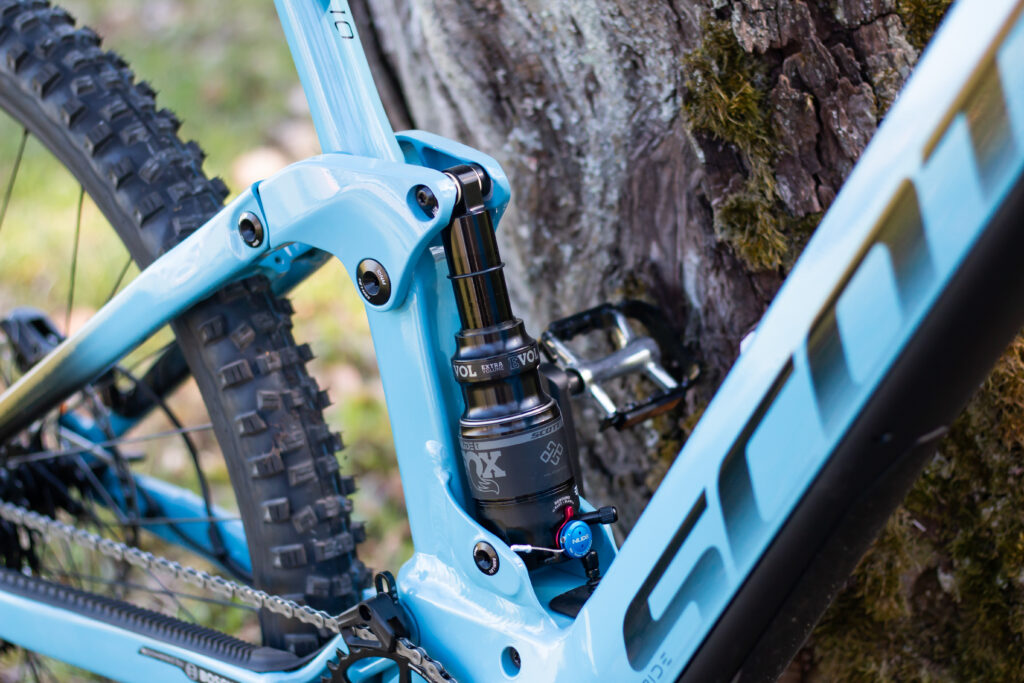
With air suspension it is possible to adjust the damping precisely, so you can specify the right pressure even with heavy luggage. The air suspension is also ideal for balancing the driver’s weight. They are also lighter than steel springs. Disadvantages include higher heat generation and the need for seals, which may require more maintenance and care.
A well-known manufacturer of air suspension is Rock Shox with the Deluxe Select, Rebound Adjust, Trunnion Mount or the Super Deluxe Select+.
Steel suspension
Steel suspensions are more sensitive to shocks and do not need seals. They have a better grip and require less maintenance. The higher weight and a less flexible adjustment possibility for payload are the disadvantages here. Also, steel suspensions are not compatible with every frame shape.
An example of a steel suspension is the FOX Van Performance Coil.
How do I care for my suspension?
The best thing to do after a long ride is to clean all the important parts before the dirt dries. A bucket of warm water with a little washing-up liquid is best. After cleaning, the suspension will appreciate a little silicone spray or Teflon oil. This will make it fully operational again for the next load.
The correct adjustment to the rider’s weight and the luggage is very important. Suspension is only useful if it is set correctly. Make the most of your suspension and keep your riding fun all year round.


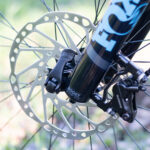
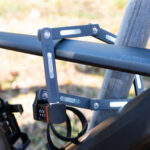





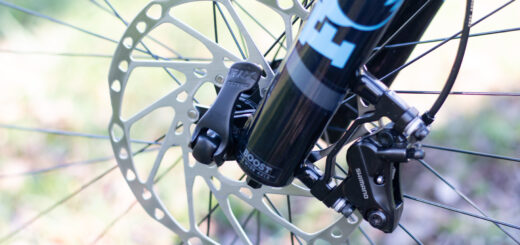
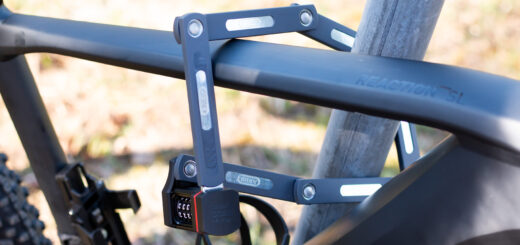








Recent Comments